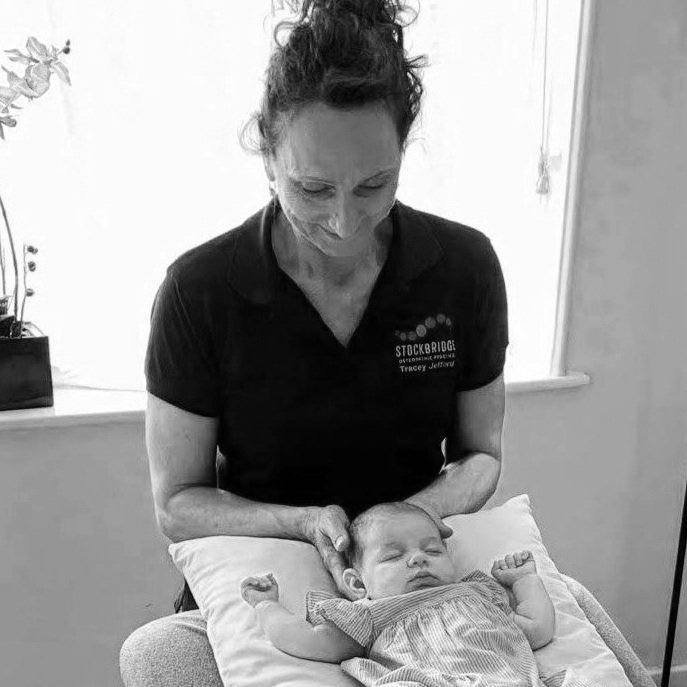Where is my Hip Joint?
I wanted to write this article to help to clear up some confusion. I regularly see patients complaining that they have hip pain and pointing to their sacroiliac joint (SIJ) and then other’s pointing at their hip joint saying that they have pelvic pain. It is confusing because most people don’t realise that they have joints in their pelvis and unless you’ve sat in long lengthy university anatomy lectures it’s not obvious at all.
Here is a picture of a pelvis:
The sacroiliac joint is the joint between the sacrum (the triangular shaped bone at the bottom of the spine) and the iliac bone which is the wing shaped bone making up a large part of the pelvis. It is very stable and has a very small amount of movement. It can easily be found by finding the dimples at either side of the base of the spine. This joint is held together by very strong ligaments.
The hip joint is the large ball and socket joint between your pelvis and your leg. It is less stable but allows for movement in all directions. We often see patients with wear and tear in their hips due to how much patients use these joints and the weight and gravity that they need to bear.
Patients get confused because the joints often share similar pain patterns. It’s also very common for people to think that they have lower back pain when in fact they have sacroiliac joint pain. Pain at the SIJ can radiate down the leg in the same way that back pain can. It can also radiate into the groin area which then can become confused with the hip. All very confusing!
Many people suffer from pain in the SIJ but pregnant women are particularly susceptible to pelvic pain. The strong ligaments holding the joint together become more stretchy (ligamentous laxity) during pregnancy in order to create space for the baby, but both the SIJ and the pubic symphysis joint (at the front of the pelvis) can as a result become less stable and painful.
If you have pain, come and see us. We can usually sort it out for you by following a treatment plan which involves treatment from us, exercises to perform at home and we give detailed lifestyle advice. When I meet a patient I take a full case history, perform a full assessment often including orthopaedic tests and then treat using mobilisation, manipulation and massage techniques. If you want any information please call into the clinic. I am very happy to answer any questions that you may have.
Nicola Rist - Registered Osteopath
BSc(Hons)Ost. Dip Sports Massage




































